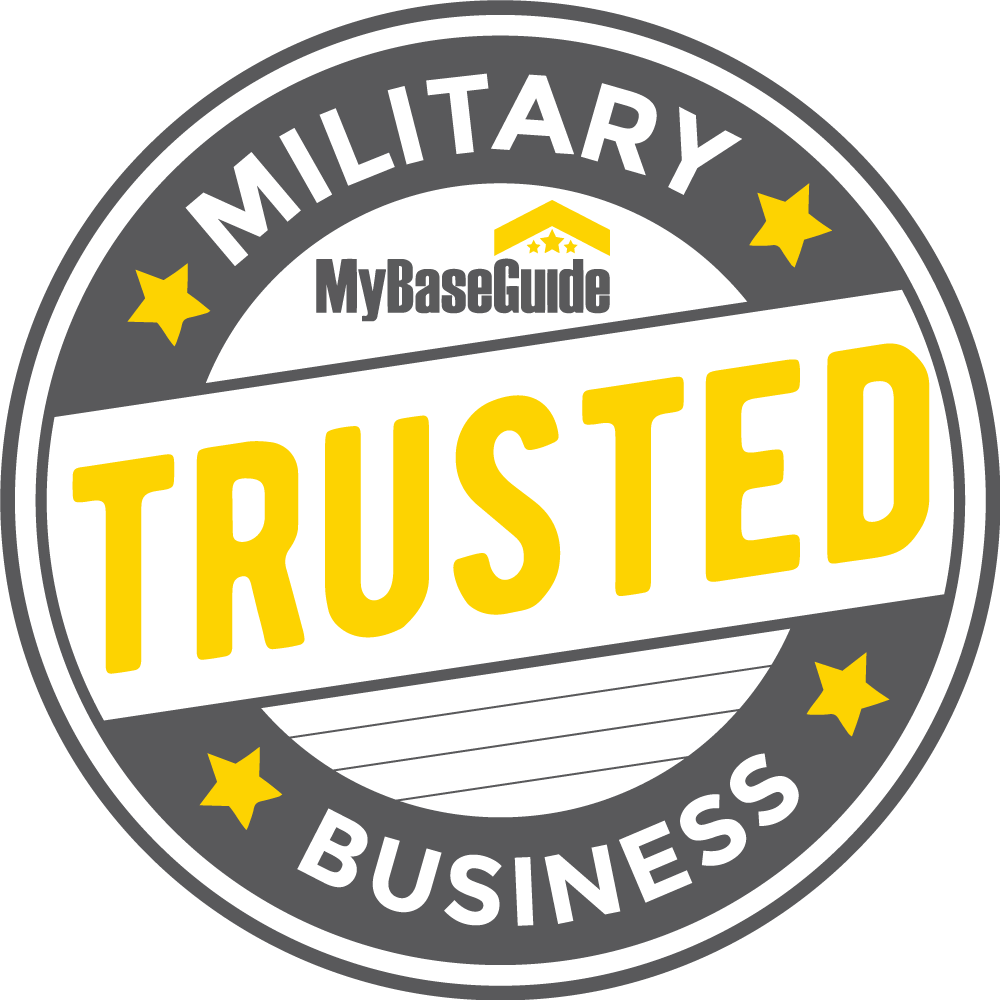
Transcranial magnetic stimulation (TMS) is a non-invasive therapy that can help with a myriad of disorders including depression, anxiety, PTSD, OCD, and much more. It uses a magnetic coil that influences the brain’s electrical activity. TMS was developed in 1985, but did not gain widespread following until recent years. We offer many types of TMS therapy at the TMS Institute of Arizona so you can get matched with the protocol that best fits your needs and lifestyle.
Electricity and magnetism are two basic principles at the heart of TMS therapy. They can work together, which is how TMS works. The area around a magnet is active, and the magnet’s influence in that space is called the magnetic field. When a magnet is brought close to something that conducts electricity, such as the brain, the interaction generates electricity. The nerves and cells in the brain use very small amounts of electricity to communicate throughout the body and rest of the brain. When a magnet is near, that activity is manipulated. Thus, TMS can target certain areas of the brain, especially those in charge of decision-making, emotions, and pleasure.
Mechanics of TMS
During TMS, a magnet needs to be able to turn off and on. This is controlled via electricity. It also calls for a magnet that’s a lot stronger than what you’re used to seeing. Different types of TMS treatments use different magnet strengths and/or applications. There are different pulse frequencies, patterns, and magnetic coil types depending on the type of therapy. Even though TMS is completely non-invasive with no systemic side effects, it is typically sought out when other treatments aren’t successful.
OCD, anxiety, depression, and PTSD are the four most common disorders that may be treated with TMS. However, it has also been shown to be helpful in managing addiction, chronic pain, eating disorders, bipolar disorder, essential tremor, borderline personality disorder, fibromyalgia, stroke complications, TBIs, tinnitus, Parkinson’s disease, schizophrenia, and more. Since TMS is relatively newly popular, it’s difficult to say how many people opt for it every year nationally or globally—but we do know there is an increased demand for it.
Preparing for TMS
There are few contraindications for TMS (though people with certain types of implants may not be a good fit). Otherwise, little prep work is needed. Any metal jewelry or accessories must be removed right before the treatment. Magnets may be attached directly to the skin or inside a helmet. You will be provided with earplugs or other hearing protection because the sound of the magnet is very loud—loud enough to damage hearing. This is also why you wear ear protection during MRIs.
You will be given single-pulse stimulations on the scalp at first to find the right location and setting. Once the magnet is in place, treatment begins. It may feel like a tapping sensation as the magnet increases in strength and pulses. Twitching is common, particularly in the hands. This is a cue for your provider to help determine when the strength is at the right level. Once this is achieved, you will get pulses in a specific pattern or timing. You might hear clicking as the magnet turns off and on. Pauses are also common. Depending on the type of TMS you receive, sessions can last a few minutes or up to half an hour.
After Your Treatment
There is no downtime associated with TMS, so you can get right back to your daily routine. Any short-term side effects, such as twitching or strange sensations on the face, usually dissipate a few moments after your treatment. TMS is a favorite therapy because it’s fast, safe, non-invasive, and really works. It’s a life-saving therapy in many cases, particularly for those who struggle with MDD.
The most common short-term side effects include headaches, dizziness, tinnitus, and tingling sensations. There is also a very rare risk of seizure, but that happens in less than 1 of every 10,000 people being treated. Overall, the benefits of TMS far outweigh any risks, and it is much more effective than other forms of therapy when treating many conditions. To learn more or book your consultation today, call the TMS Institute of Arizona during business hours or fill out the online contact form now.













